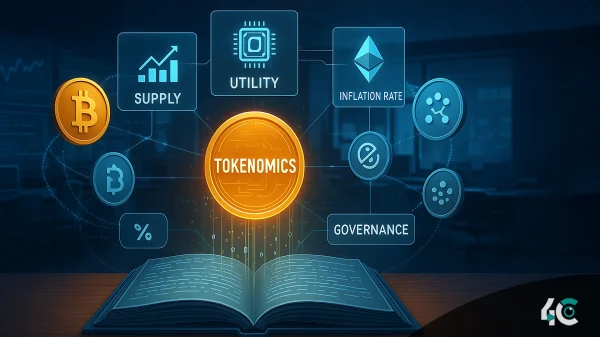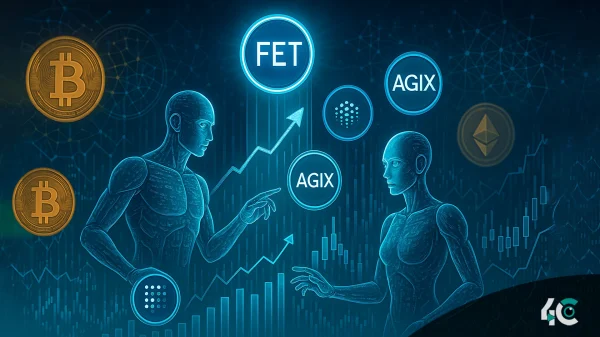The fresh regulations created by the Monetary Authority of Singapore (MAS) should make stablecoins used in the city-state a bit less volatile. The Monetary Authority of Singapore (MAS) has announced that the framework would apply to non-bank issuers of single-currency stablecoins linked to the Singapore Dollar or other G10 currencies with a circulation of more than S$5 million.
Key criteria for stablecoin issuers include a minimum capital basis and liquid asset requirements to decrease the danger of bankruptcy, as well as the management of enough reserve assets to assure stability. The regulator also requires issuers to comply with transparency standards and the audit findings of reserve assets, and to repay the par value of stablecoins to holders within five business days upon redemption request.
MAS’ stablecoin regulatory framework aims to facilitate the use of stablecoins as a credible digital medium of exchange, and as a bridge between the fiat and digital asset ecosystems.
Ho Hern Shin, Deputy Managing Director (Financial Supervision) at MAS
When well-regulated to preserve such value stability, stablecoins can serve as a trusted medium of exchange to support innovation, including the ‘on-chain’ purchase and sale of digital assets.
said the MAS in a statement
Traditional cryptocurrency trading has relied heavily on stablecoins like USDT and USDC. They facilitate the buying and selling of various cryptographic currencies without the need for a reversion to fiat money. Stablecoin proponents contend that their coins have a plethora of other applications beyond only payments.
With its stablecoin structure, Singapore is ahead of many other countries in this regard. The United Kingdom enacted a bill in June allowing authorities to keep an eye on stablecoins, but no guidelines have been established as of yet. Meanwhile, Hong Kong is holding a public discussion on stablecoins in preparation for potential regulation in 2019.
































